1. Passports Only For Wealthy Travelers
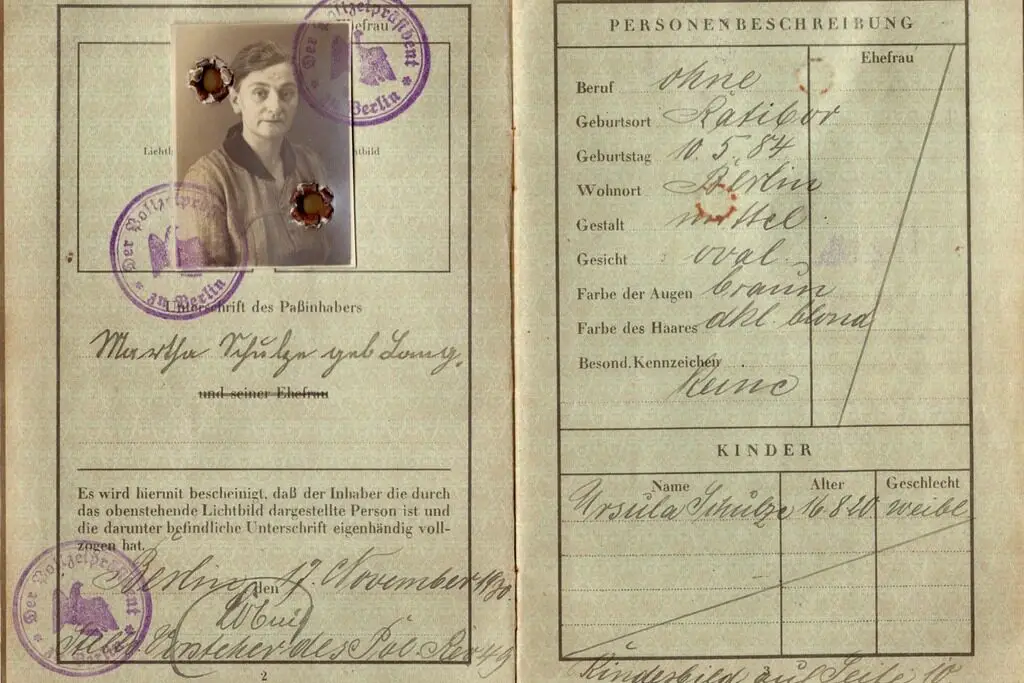
Back in the day, passports were not the universal documents they are today. Only the elite, like royals and the wealthy, had access to them. The average person simply didn’t have the need to travel internationally, so there was no widespread system for regulating travel. In the 1800s, for instance, the British government only issued passports to those who could prove they were important enough for international travel. It was a class-based system, and the idea of the “common folk” needing one was almost laughable shares BBC.
Fast forward to today, and passports are pretty much required for everyone leaving their country. With travel becoming so much more accessible, it seems impossible to think of a time when only the privileged could cross borders. Everyone from students to businesspeople needs a passport just to get on a plane. The world has become a much smaller place, and travel documentation is no longer reserved for the wealthy says Newsweek.
2. No Photos, No Problem

Believe it or not, there was a time when passport photos weren’t even a thing. Early passports didn’t require a picture of the traveler at all. Instead, a detailed physical description would suffice—height, eye color, complexion, even distinguishing marks. Officials relied on these descriptions and trusted travelers to prove their identity upon arrival says National Archives.
While this might sound like something out of a historical novel, it was the norm up until the 20th century. The photo requirement didn’t come into play until the early 1900s, when governments realized a photograph could reduce identity fraud. These days, we can’t even imagine handing over a passport without a picture, but back then, travelers just had to rely on descriptions alone shares National Geographic.
3. Passports as ‘Exit Permits’
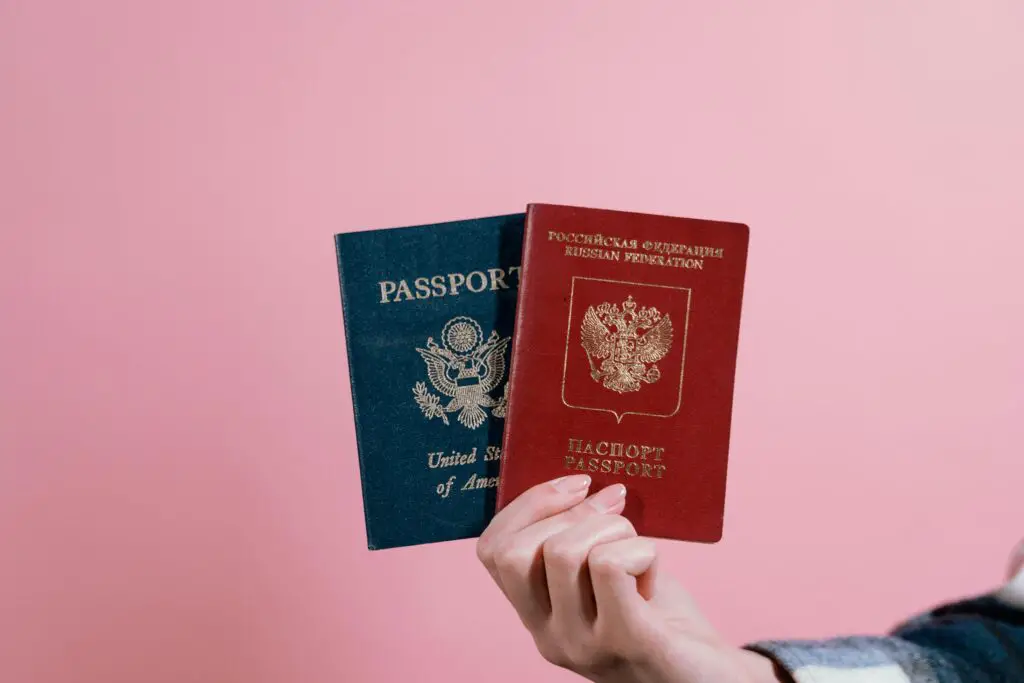
Not only did you need permission to enter another country, but in some places, you needed an exit permit too. This was particularly common in authoritarian regimes, where governments wanted to keep track of their citizens. The idea was to ensure that no one could simply leave without state approval, which meant passports weren’t just for entry; they were essentially an official “stamp of permission” to depart.
In the Soviet Union, for example, it was incredibly difficult for citizens to travel abroad without first obtaining a special permit. You couldn’t just pack your bags and head to the airport—you needed state authorization to even leave the country. Today, we see borders as places to check passports for entry, but back then, they were just as much about controlling exits.
4. Travelers Had to Carry ‘Passage Letters’

Before the days of modern passports, there were something called “passage letters.” These were essentially letters of recommendation or permission, and they were used to grant someone permission to travel. Countries would issue these letters, often with specific instructions about where and how a person could move through different regions.
In some ways, passage letters were a precursor to passports, but they were much more informal and region-specific. They were usually issued for specific trips, and travelers had to carry them along with their personal belongings. Imagine having to explain to border guards every time you left a country with a letter rather than a recognized, universal document.
5. Stamps Were for Wealthy Diplomats
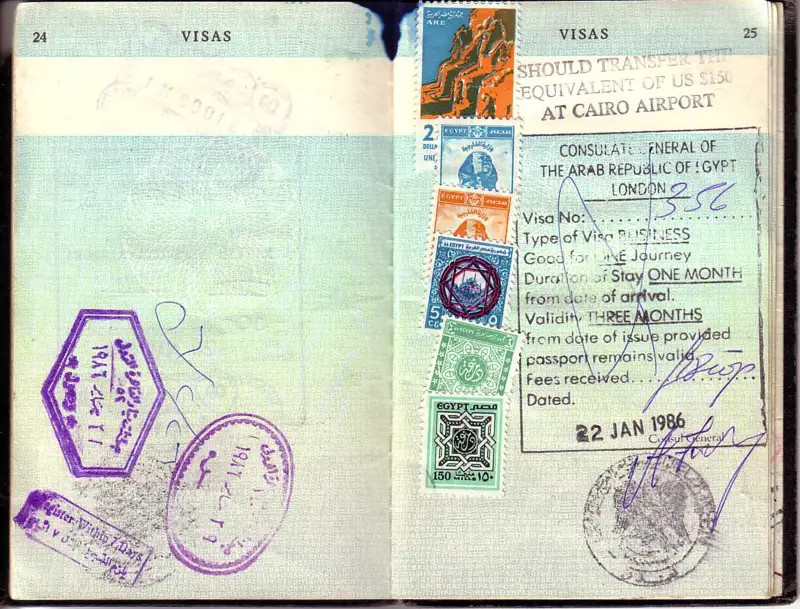
Back in the day, diplomats were among the few people who received the luxury of a passport stamp. A diplomat’s passport wasn’t just a travel document; it was a symbol of their status. They would receive exclusive treatment when traveling, including being exempt from some of the most tedious customs checks.
The idea of a stamp as a symbol of privilege doesn’t seem so out of place today, considering certain diplomatic privileges still exist. But in the past, stamps were more about showing off the importance of the person holding the passport. Ordinary travelers, however, would have to make do with a much simpler process—if they even got one at all!
6. Traveling Without a Passport Was Risky
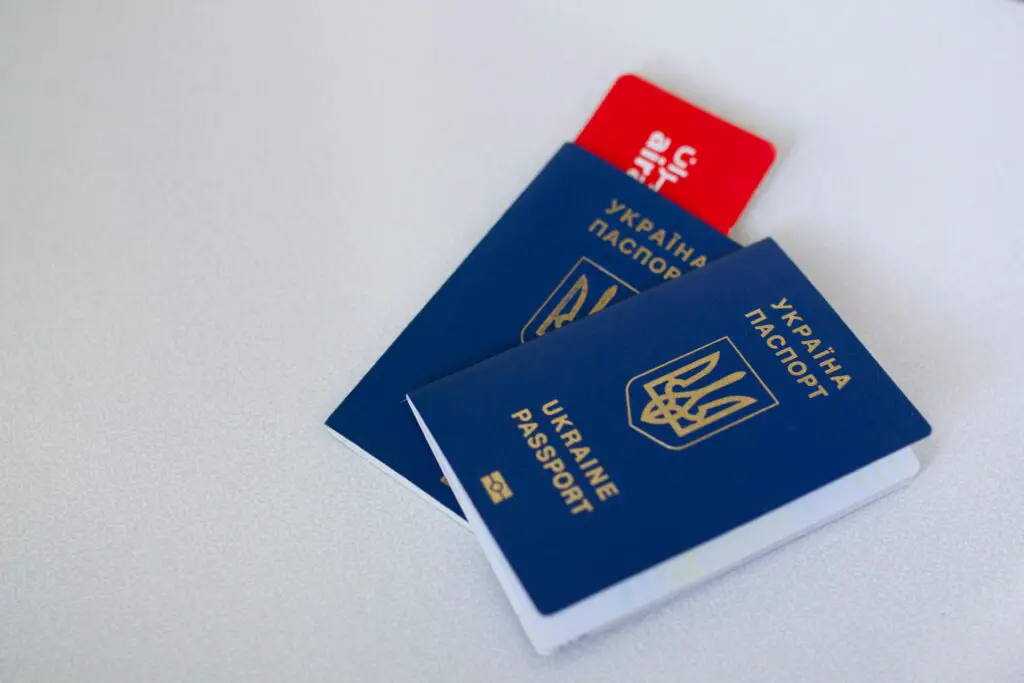
It wasn’t always a requirement to carry a passport, especially in the early years of international travel. But going without one was risky—just like traveling without ID today. Travelers could face serious consequences if they didn’t have proper documentation, and some countries required them to show proof of identity before being allowed to enter.
If you didn’t have a passport, you might be denied entry altogether or even face detention. In some cases, border agents would simply turn people back, and they had to return home or try again with the correct paperwork. These days, passports are standard, but back then, the consequences of not having one were far more unpredictable.
7. The Stamp That Kept You From Leaving
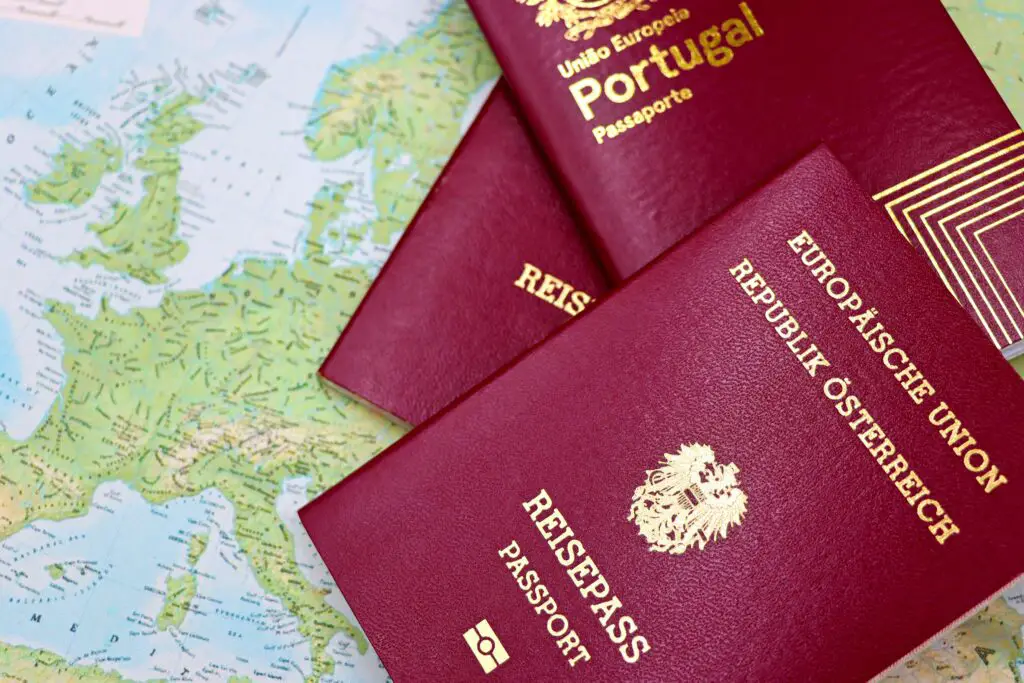
Passports weren’t always used to track travel in a way we think of today. In fact, some countries would stamp passports not just for entry, but for a very different reason—to prevent people from leaving. Governments could stamp passports in such a way that a traveler couldn’t use them for further trips without facing legal consequences.
This was most common in places with heavy government surveillance, like the former Soviet Union. If someone tried to flee the country, their passport could be invalidated with a stamp, essentially sealing their fate. In a modern context, the idea of being “prevented” from traveling through a stamped passport sounds like something from a dystopian novel, but it was a real practice in history.
8. Passports Used to Be Family-Specific
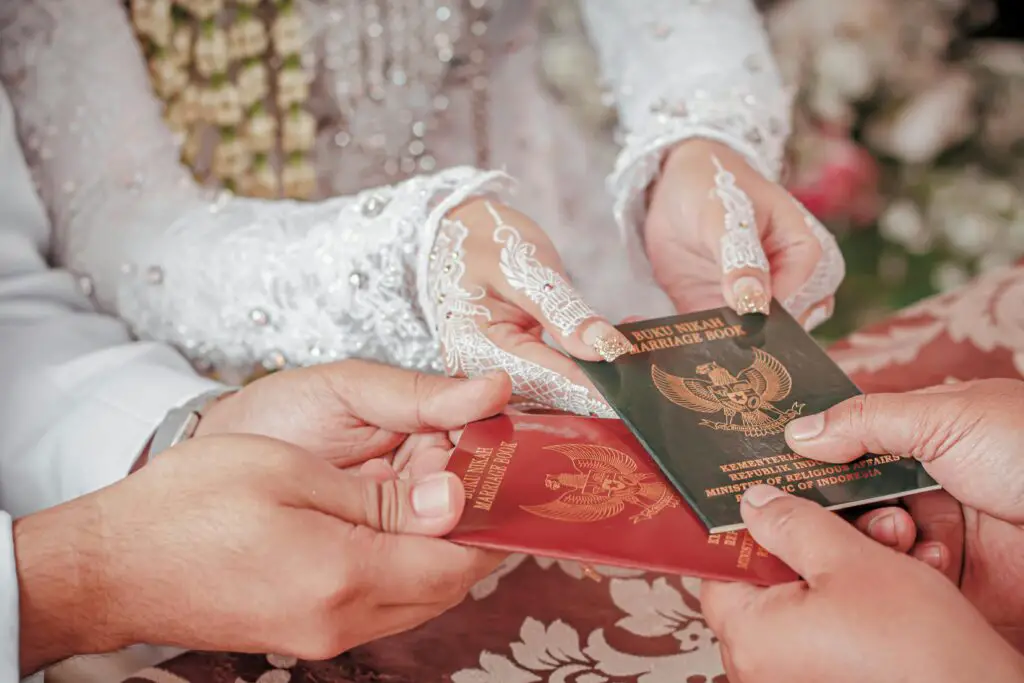
Family passports were a common sight in the past. In the early days of travel documentation, you didn’t just get a passport for yourself—you often received one for your whole family. These family passports listed the names and details of everyone in the household, and they were often issued for a specific purpose, like going on a family vacation or relocating as a group.
This may sound foreign today, as we’re used to each person having their own document. But back then, traveling together as a family often meant pooling resources and getting everyone on one official document. Modern times have clearly shifted toward individual passports for each person, regardless of age.
9. No Exit Without a ‘Letter of Invitation’

In some countries, getting a passport was just the first hurdle—you also had to secure a “letter of invitation” from the country you planned to visit. This document was required to ensure that the traveler had a place to stay and wasn’t planning to overstay their welcome. Essentially, the letter served as a guarantee that the visitor would comply with the terms of their visit.
Imagine having to jump through all these hoops before you could even think about booking your flight. While letters of invitation are still required in some countries today, they were once a much more standard part of the passport process. Travel was strictly controlled, and it wasn’t just about moving through borders—it was about maintaining order within those borders too.
10. Special Passports for Certain Occupations
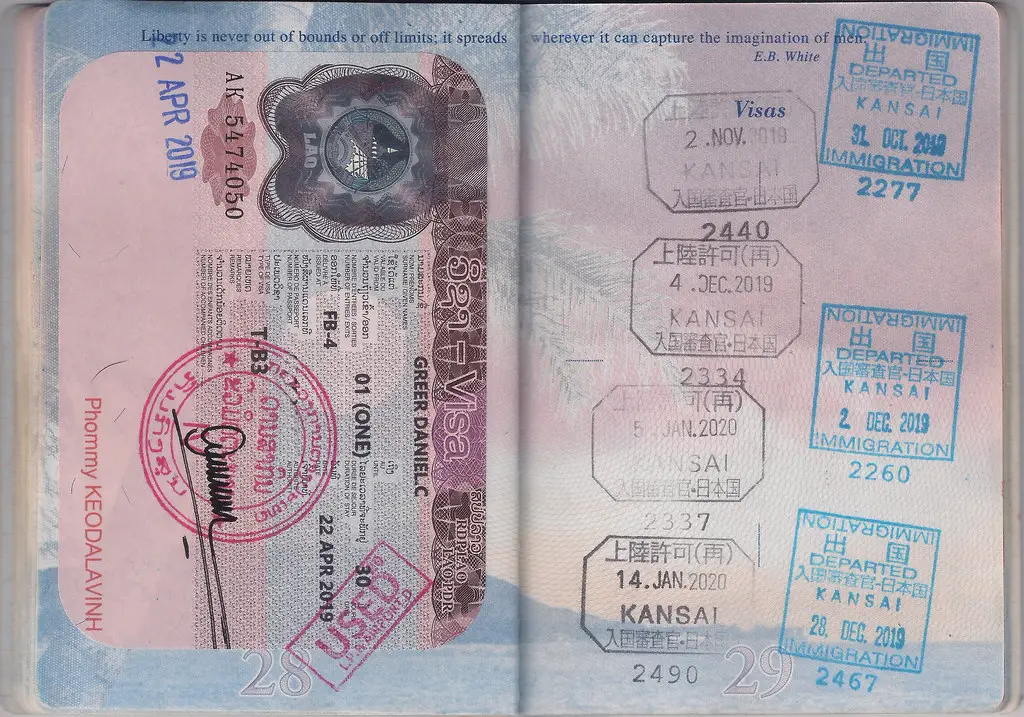
Not just diplomats received special privileges when traveling; there were also passports designed for specific jobs. If you worked in certain professions, like journalism or the military, you might have been issued a special passport that granted you more flexibility in where you could travel or how you could be treated at borders.
This practice goes back to the early 1900s, when certain jobs required a great deal of international movement. Today, there are still special types of passports, such as official or diplomatic passports, but the idea of job-specific passports was far more widespread. These passports often came with extra paperwork and bureaucratic hoops, ensuring the travel was tied to work obligations.
11. No Need for Passports in the European Union
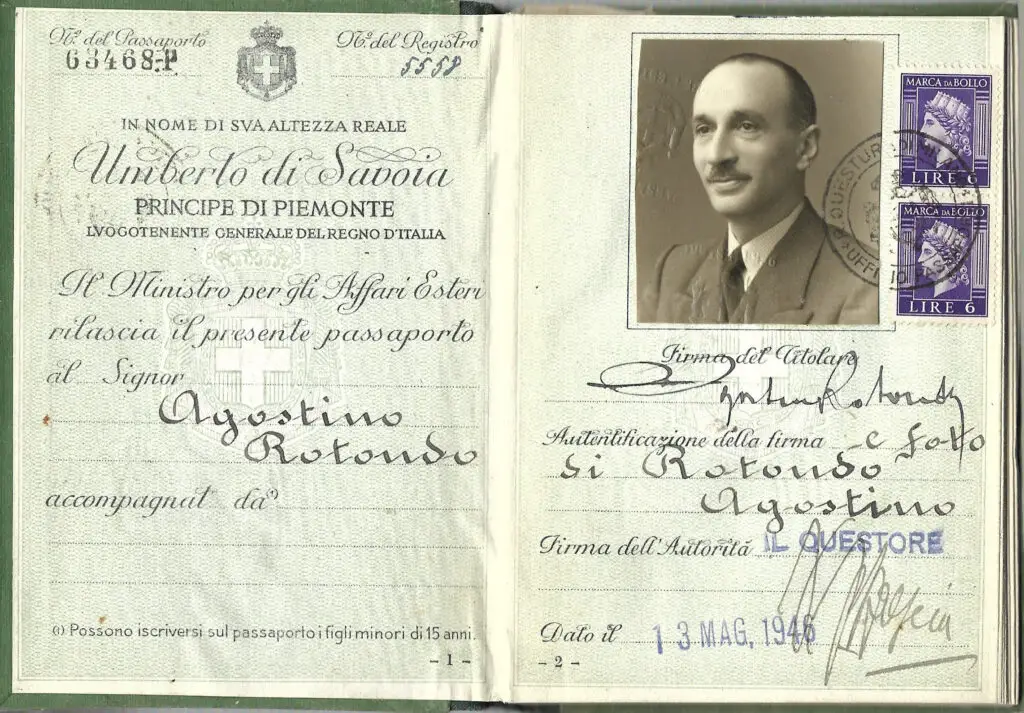
Once upon a time, traveling between European countries was as simple as crossing a street. Citizens of many European nations didn’t need a passport to move between countries; it was enough to carry an ID card or even just a note from the local authorities. In fact, many of these countries didn’t have strict border controls between them.
The introduction of the European Union and the Schengen Area changed that drastically, bringing with it tighter travel requirements. But in the pre-EU days, the need for a passport was practically non-existent. This simple system of travel is almost unthinkable in today’s security-conscious world, where even short flights between neighboring countries require passports.
12. No Border Controls at All
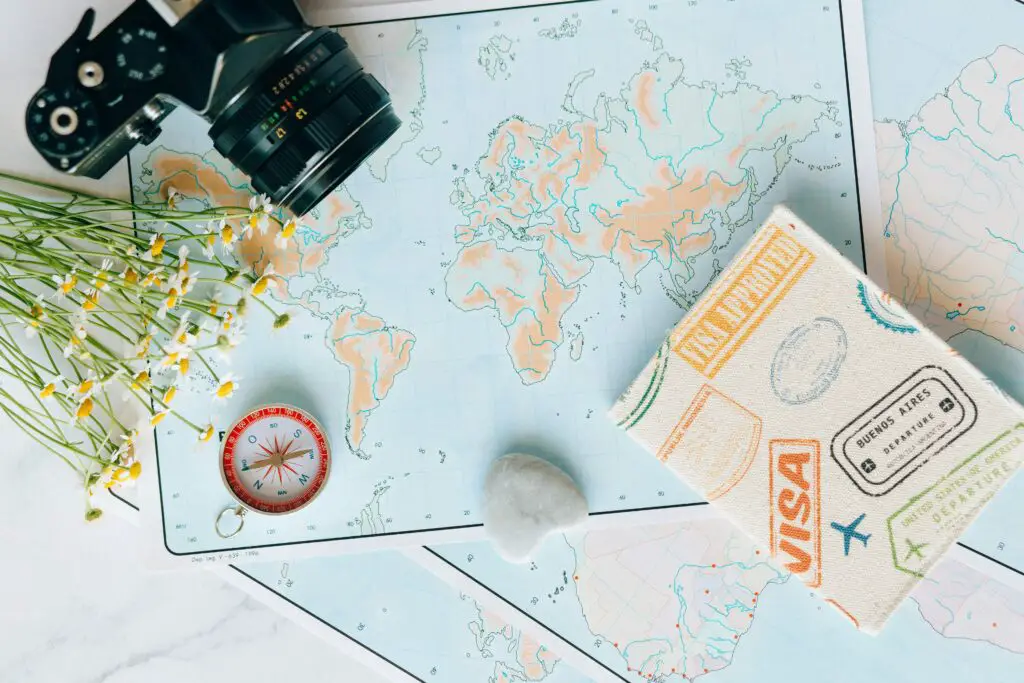
Border controls, as we know them today, didn’t always exist. There were times in history when countries simply didn’t have checkpoints, especially when it came to neighboring regions. Travelers could often cross borders without anyone checking their documents, relying only on their word that they were coming and going with permission.
This practice, of course, became unsustainable with the rise of nationalism and international conflict. The idea of “open borders” might sound like a dream today, but it was once a reality in certain places. Today, it’s hard to imagine traveling through Europe or even within a country without the routine of passport checks, but at one point, it was almost unheard of.
